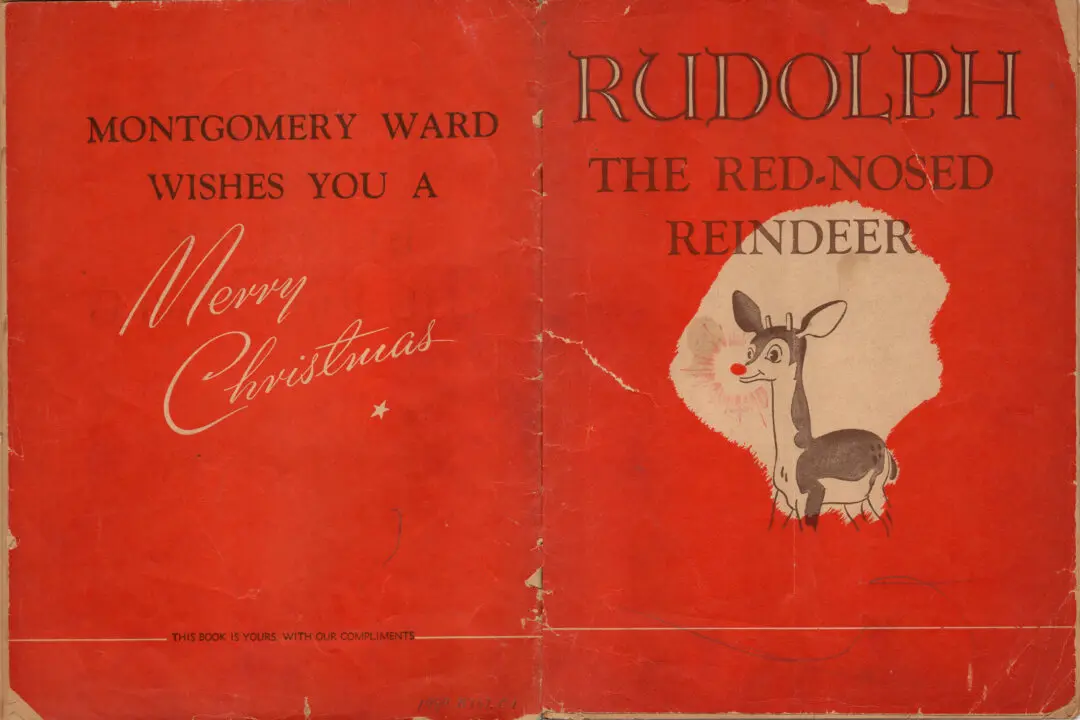At my elbow as I write these words is “Modern English Readings, Fifth Edition,” a college textbook published in 1946 by Rinehart & Company, Inc.
On the first blank page, written in an impeccable hand with a fountain pen, is this claim of ownership: “Mr. & Mrs. James E. Minick, ’46.”






